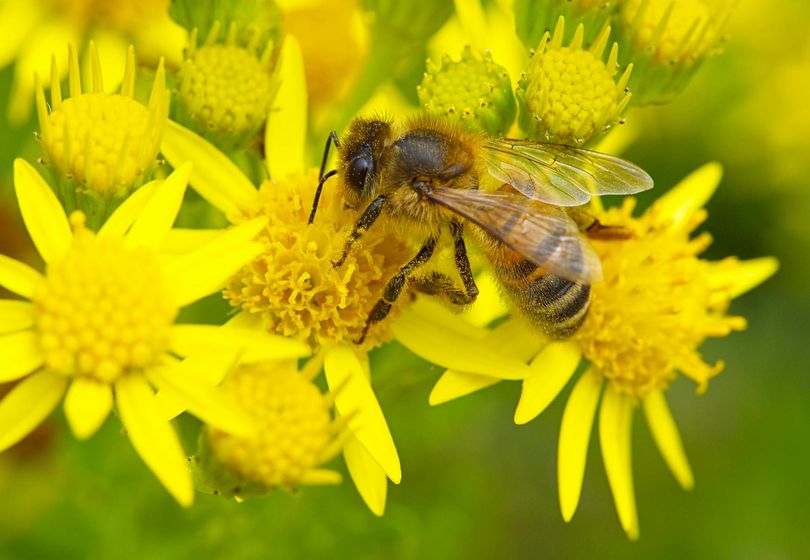
Gardens teeming with vibrant flowers not only add beauty to our surroundings but also play a vital role in supporting local ecosystems. One way to enhance the biodiversity of your garden is by attracting beneficial insects, such as pollinators, through thoughtfully planned flower beds and plantings.
Pollinators, including bees, butterflies, and other beneficial insects, are essential for the reproduction of many plants. By providing these creatures with a welcoming habitat filled with nectar-rich plants, you can help support their populations while enjoying a flourishing garden.
Choosing the Right Plants
When selecting plants for your garden, opt for those that are known for attracting pollinators. Nectar plants, which produce sugary fluids that insects feed on, are particularly appealing to bees and butterflies. Examples of nectar plants include sunflowers, lavender, bee balm, and coneflowers.
Butterflies, in particular, are drawn to brightly colored flowers with wide, flat petals that provide easy access to nectar. Planting a variety of flower shapes and sizes can help attract a diverse range of pollinators to your garden.
Creating a Bee-Friendly Environment
Bees are among the most important pollinators in our ecosystem, playing a crucial role in the reproduction of many plants. To attract bees to your garden, incorporate bee-friendly plants such as borage, sage, and heather. These plants not only provide bees with food but also offer shelter and nesting sites.
Flowering groundcovers, such as creeping thyme or ajuga, can serve as valuable sources of nectar for bees while covering bare patches of soil and reducing erosion. These low-growing plants create a carpet of blooms that can attract a multitude of pollinators to your garden.
Promoting Garden Biodiversity
By diversifying the plant species in your garden, you can create a more resilient and sustainable ecosystem. Planting a mix of annuals, perennials, shrubs, and trees ensures a continuous supply of food and shelter for pollinators throughout the year.
Embrace a natural garden style by allowing some areas to grow wild and encouraging native plants to flourish. Native plants have coevolved with local pollinators and are well-suited to provide the resources they need to thrive.
Supporting a Thriving Ecosystem
Attracting beneficial insects to your garden not only enhances its beauty but also contributes to the health of the surrounding ecosystem. Pollinators play a vital role in the reproduction of plants, including many food crops, making them essential for our food supply.
By creating a welcoming environment for pollinators through strategic plantings and flower beds, you can help support these important creatures while enjoying the sight of colorful blooms and bustling insect activity in your garden.
